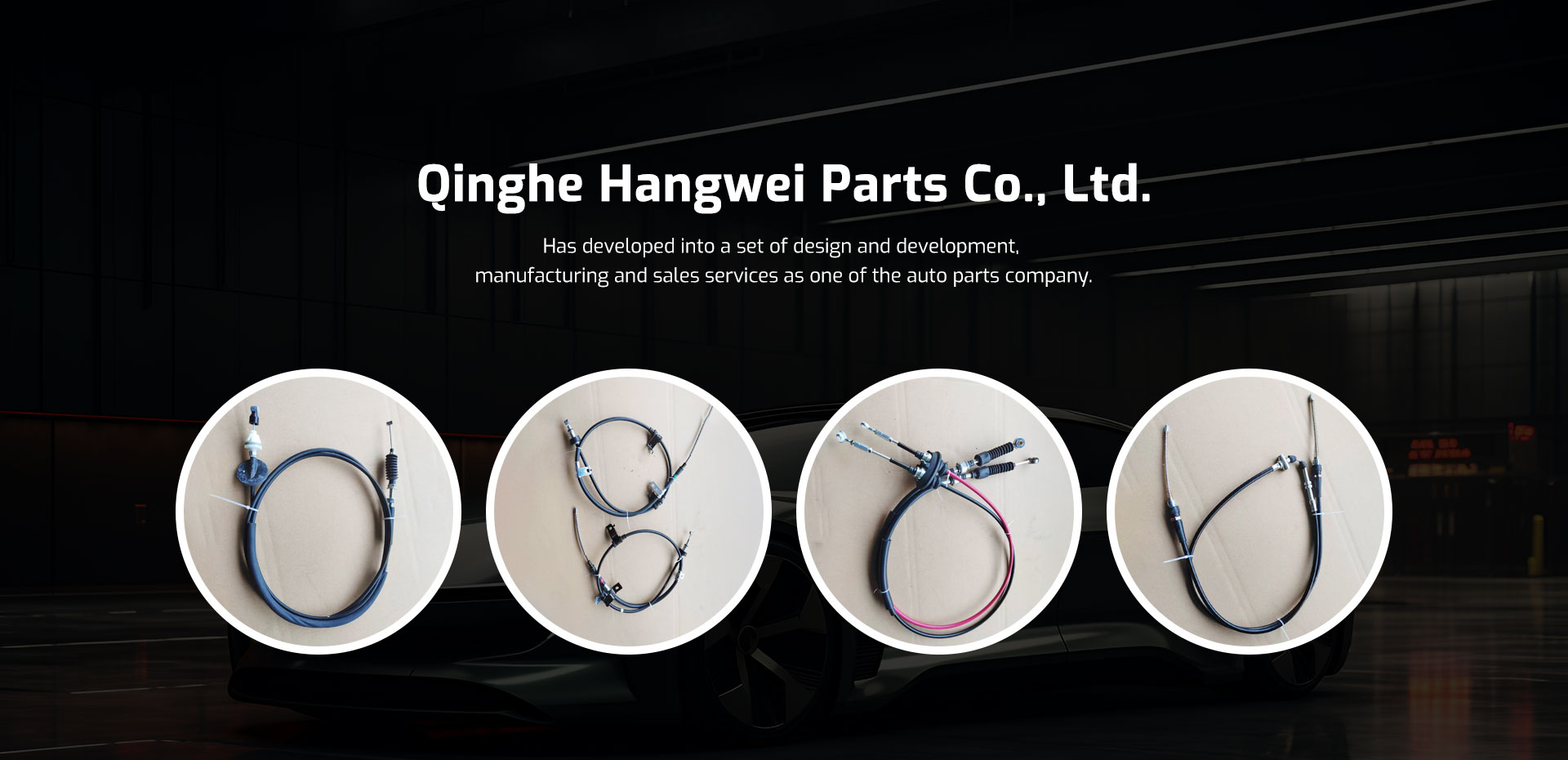gear cables
Understanding Gear Cables A Comprehensive Guide
When it comes to bicycles, the transmission system plays a crucial role in determining performance and ride quality. One key component of this system is the gear cable. Often overlooked, gear cables are vital for the smooth shifting of gears, which allows cyclists to enhance their performance whether on a leisurely ride or a competitive race. In this article, we’ll explore the importance of gear cables, how they function, and tips for maintenance.
What are Gear Cables?
Gear cables are specialized cables that connect the shifters on your handlebars to the derailleur on the rear or front of the bicycle. These cables are typically made from high-tensile steel, providing strength and durability and are usually coated with a plastic sheath to protect them from the elements and reduce friction. The function of gear cables is simple but essential they transmit the force exerted by the rider on the shifter to the derailleur, changing the gear ratios to enable easier pedaling or more speed.
How They Function
When you engage the shifter, a tension is applied to the gear cable, pulling or releasing it depending on whether you are shifting to a higher or lower gear. This action, in turn, moves the derailleur, which shifts the chain from one gear to another. The efficiency of this mechanism heavily depends on the integrity of the gear cables. If they become frayed, rusty, or overly stretched, the shifting can become sluggish or inaccurate, leading to frustrating rides.
Types of Gear Cables
There are various types of gear cables designed for different types of bicycles, including road bikes, mountain bikes, and hybrids
. Some cables are designed for precision and responsiveness, while others prioritize durability for rugged terrains. It’s essential to choose the right type of cable that fits your riding style and the specific requirements of your bike. Additionally, some brands offer advanced options, such as coated cables that further reduce friction for smoother shifting.Signs of Wear and Tear
gear cables

Being mindful of the condition of your gear cables can Save you from trouble on your rides. Signs of wear and tear include fraying at the ends, rust or corrosion, and stiffness when shifting. If you notice any of these symptoms, it's crucial to address them promptly. Riding with worn cables can lead to more significant issues, including broken cables, which can leave you stranded and unable to shift gears.
Maintenance Tips
Regular maintenance of gear cables can prolong their lifespan and enhance performance. Here are some tips to keep your cables in excellent condition
1. Periodic Inspection Routinely check your gear cables for wear and fraying. Look for any visible signs of deterioration.
2. Cleanliness Keep the cables and housing clean. Dirt and grime can increase friction, leading to impaired shifting. A simple wipe-down with a clean cloth can make a significant difference.
3. Lubrication Apply lubricant designed for bike cables to ensure smooth operation. This helps to reduce friction and wear over time.
4. Replacement If you notice persistent problems despite maintenance, it may be time to replace your gear cables. This is generally a straightforward process and can significantly enhance your bike's performance.
Conclusion
In conclusion, gear cables may seem like a minor component of your bicycle, but they play an integral role in your overall riding experience. Understanding how they function, recognizing signs of wear, and performing regular maintenance can ensure that you enjoy smooth and reliable shifting on every ride. Whether you’re an avid cyclist or a casual rider, paying attention to your gear cables will help you get the most out of your cycling adventures. So, next time you hop on your bike, take a moment to appreciate the unsung hero that is the gear cable!
-
Upgrade Your Vehicle with High-Quality Handbrake CablesNewsNov.01,2024
-
Optimize Your Bike's Performance with Quality CablesNewsNov.01,2024
-
Enhance Your Vehicle's Performance with Quality Clutch ComponentsNewsNov.01,2024
-
Elevate Your Vehicle's Performance with Quality Throttle CablesNewsNov.01,2024
-
Elevate Your Vehicle's Performance with Quality CablesNewsNov.01,2024
-
Affordable Solutions for Your Cable NeedsNewsNov.01,2024
